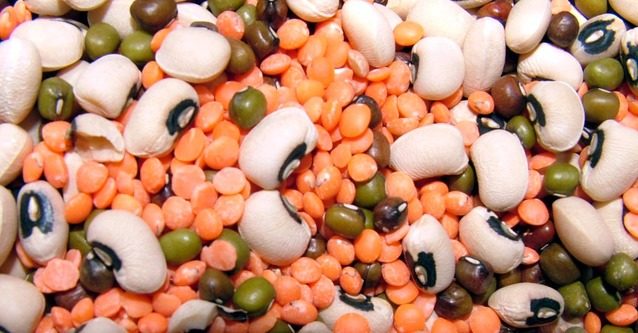Eating Less to Live Longer

In Okinawa, Japan the centanarian diet involves three servings of fish per week, small amount of rice each day, colorful vegetables, legumes, purple native sweet potatoes, tofu, seaweed, squid, octopus, and a small amount of pork.
There are pockets around the world where larger than average groups live to 100 and beyond and do so with their health intact. These centanarian centers, or Blue Zones, should teach us a little about how and what we should eat to live a healthier life. All of the diets are low calorie, low saturated fat and low sugar. Hmmm, should that tell us something?
In Sardinia, Italy their Mediterranean diet includes fish a few times a week, a lot of barley, high fiber breads, sheep or goat’s milk, tomatoes, fennel, chickpeas, fava beans, almonds, and wine.
In Loma Linda, California the healthy centanarian prize goes to a group of vegetarian Seventh-day Adventists. They avoid meat, alcohol and most processed foods. Their diet is rich in legumes, fruits, vegetables, whole grains, and healthy fats such as olive oil.
In Nicoya, Costa Rica the traditional diet consists of black beans, rice, plantains, papaya and other fruits, squash, and corn tortillas. Chicken and eggs will make an appearance on their plates a few times per week as well.
In Ikaria, Greece their favorite legumes are black-eyed peas, lentils and garbanzo beans. They consume greens, vegetables, potatoes, drink goat’s milk and enjoy small amounts of honey. Their consumption of fish is heavy in herring, sardines, salmon and trout. They eat olives, use olive oil and cook with a variety of herbs.
The common thread is avoidance or very low intake of meat, processed foods, foods high in sugar and no overeating. All of the above diets are low calorie diets with most calories coming from legumes, vegetables, healthy fats and fish. We now know the secret, eat less to live longer, but will we make a change?